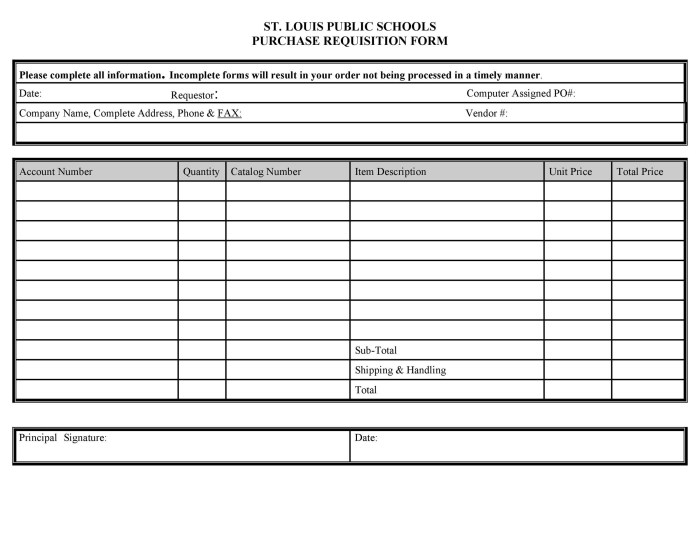The formal procedure for taking equipment is a critical process that ensures the proper handling and disposition of assets within an organization. This comprehensive guide provides a detailed overview of the procedure, covering equipment identification, documentation requirements, authorization processes, equipment removal and disposition, reporting and record-keeping, compliance, and auditing.
Formal Procedure for Taking Equipment: The Formal Procedure For Taking Equipment

The formal procedure for taking equipment ensures proper identification, documentation, authorization, removal, disposition, and record-keeping for equipment subject to the procedure.
Equipment Identification
Equipment subject to the formal procedure is identified based on specific criteria, such as:
- Value or sensitivity
- Security classification
- Environmental or safety hazards
Common examples of equipment included in the procedure are:
- Computers and electronic devices
- Laboratory equipment
- Medical equipment
- Vehicles
Exceptions or exclusions to the equipment identification process may exist for certain types of equipment, such as:
- Equipment that is not owned or controlled by the organization
- Equipment that is considered to be of minimal value or risk
Documentation Requirements
Initiating the formal procedure requires the following documentation:
- Equipment inventory or list
- Authorization form
- Equipment removal plan
- Equipment disposition plan
Accurate and up-to-date documentation is crucial for:
- Tracking equipment throughout the procedure
- Ensuring compliance with regulatory requirements
- Facilitating audits and investigations
Authorization Process, The formal procedure for taking equipment
The authorization process involves:
- Identifying the responsible parties authorized to initiate the procedure
- Reviewing and approving the documentation
- Granting authorization based on established criteria, such as:
- Need for the equipment
- Justification for removal
- Compliance with applicable policies and regulations
Equipment Removal and Disposition
Equipment removal involves:
- Disconnecting and dismantling the equipment
- Proper handling and transportation
Equipment disposition options include:
- Disposal
- Donation
- Transfer
The chosen disposition method must comply with applicable laws and regulations.
Reporting and Record-Keeping
The formal procedure requires the following reports:
- Equipment removal report
- Equipment disposition report
Individuals responsible for completing the reports include:
- Equipment owner or custodian
- Person authorized to initiate the procedure
- Person responsible for equipment removal
Accurate and complete records are essential for:
- Documenting the entire process
- Demonstrating compliance with the procedure
- Facilitating future audits
Compliance and Auditing
Compliance with the formal procedure is mandatory to:
- Ensure proper handling and disposition of equipment
- Protect the organization from legal liability
- Maintain regulatory compliance
Audits are conducted to assess compliance with the procedure. Auditors review documentation, interview personnel, and inspect equipment to verify adherence to established guidelines.
Effective audits involve:
- Planning and preparation
- Objective and independent review
- Reporting of findings and recommendations
Q&A
What is the purpose of the formal procedure for taking equipment?
The formal procedure for taking equipment establishes a structured process for identifying, documenting, authorizing, removing, and disposing of equipment within an organization.
Who is responsible for initiating the formal procedure for taking equipment?
The individual or department responsible for managing equipment within the organization is typically responsible for initiating the formal procedure.
What are the key steps involved in the formal procedure for taking equipment?
The key steps involved in the formal procedure for taking equipment include equipment identification, documentation, authorization, removal and disposition, reporting, and record-keeping.